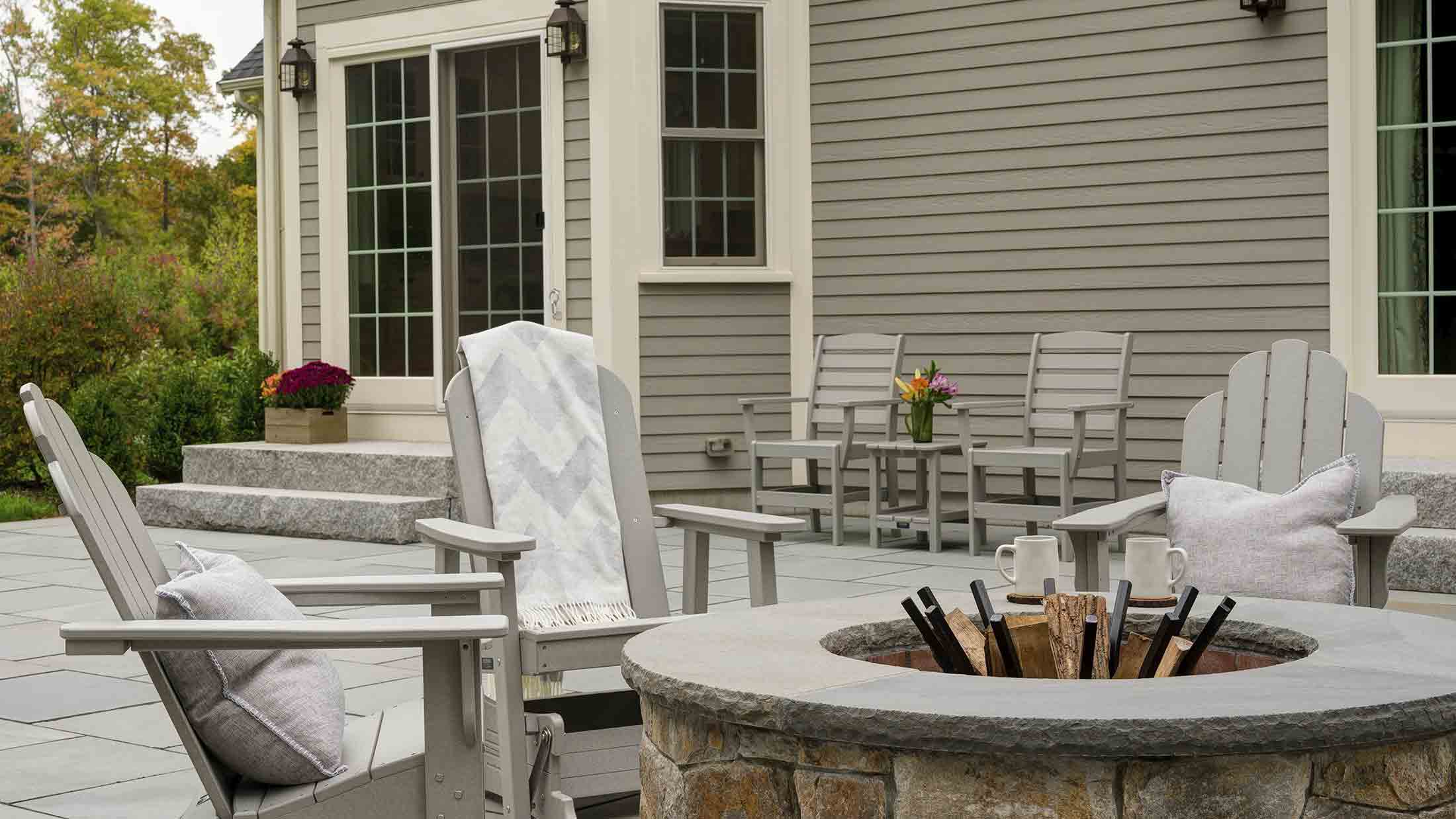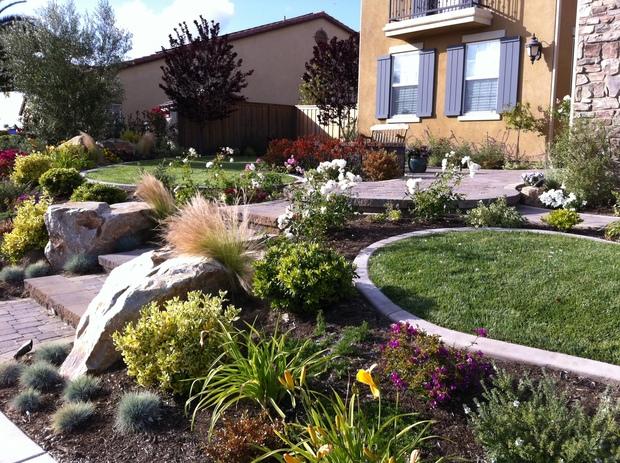Landscapers for Dummies
Landscapers for Dummies
Blog Article
The 7-Second Trick For Landscapers
Table of ContentsThe Ultimate Guide To Landscapers10 Simple Techniques For LandscapersUnknown Facts About LandscapersThe Single Strategy To Use For LandscapersThe Main Principles Of Landscapers
- A tree or shrub (hedge) that loses its fallen leaves in winter. In the PNW there are semi-deciduous or semi-evergreen plants that might shed their leaves depending upon just how chilly the wintertime is. Abelia and some hebe are excellent examples. Landscapers. - A flat gathering area, made from wood or composite material (made to appear like wood), normally surrounding or connected to a structure.

- Granite that is weathered to the point that it is a very fine accumulation. This is a natural process, and the result can be made use of for courses and patio areas. Decomposed granite is often referred to as DG. It is specifically valuable in modern landscapes. - Secret landscape attributes being recommended in a landscape design plan.
The Basic Principles Of Landscapers
These goals guide the design procedure, not the designer's style or preferences. Usual layout goals in Portland are reduced upkeep, drought forgiving, and animal pleasant.
Over time this layer can obtain extremely thick and make it difficult for water, sunlight, and nutrients to obtain to portions of the turf.- The process of gathering and managing the flow of water on a building. This can be finished with grading, French drains pipes, dry wells, absorptive surface areas, sump pump, rain yards, and more.
Properties at the end of hills, with natural springtimes, or loaded with hefty clay have the most drainage issues.- A slow-moving feeding irrigation system that makes use of adaptable tubing and emitters to send out a specific amount of water to every plant. This is one of the most reliable method of watering plants. - The capability of a plant to survive without much summer season water.
- A garden attribute where water is stood for by an accumulated stone item, usually a crushed rock or granite. These are most generally discovered in contemporary and Japanese garden design.- A rock or natural flagstone patio area, path, or walkway built without a concrete base. The base would be compacted gravel and the joints would certainly be an accumulation or walkable ground cover.
The Greatest Guide To Landscapers
- A stone preserving or free standing wall built without the use of mortar. - A below ground framework that gather water and enables it to reduce percolate into the dirt around it.
Landscape design that is suitable with a websites' setting in both look and sustainability without adverse influences to the setting. Edging in the landscape is a line of demarcation that creates visual interest in the garden by dividing one section from an additional section.
Areas can also have a sensation of "room" given by trees, various other plantings, fencings, or displays. The landscape near the entrance to a building. A tree, hedge or vine, educated to grow on a wall surface or fence right into a specific pattern. Especially useful for fruit trees, making it simple to gather the fruit and consisting of mess.
A plant that is not indigenous to the area where it will certainly be grown. Not all "exotics" are invasive or unsafe, and several can be well acted or dry spell forgiving (Landscapers). A mass growing of brushes. Thicker bladed lawn yard that spread out via rhizomes.: The degree of dirt on your residential property prior to bark dust or compost is spread.
Things about Landscapers

The objective, reason, or action that a location is be landscaped for. Stairways function, for instance, to allow foot website traffic up and down a slope. Room for growing plants for viewing, eating, or physical activity. A roofed building utilized over an outdoor celebration room. The growing of a seed, maybe referring to a lawn that is being expanded from seed.
Rock item, either rounded or fractured, that is fairly small- normally you can look here 1" or less. Reduced plants that are enabled or motivated to top an area. Can refer to any type of "difficult" yard components including statuary or boulders but a lot of commonly is used to refer to courses, outdoor patios, and walls.: Elevation distinction between the level of water in a pond (or the degree of the pump if it sits outside the fish pond) and the upper electrical outlet of water which impacts efficiency of the water pump in gph (gallons per hour). Dense hedges or trees that create a fencing, display, or boundary.

The smart Trick of Landscapers That Nobody is Discussing
Conventional PNW landscapes are informal. A plant that spreads out even more than preferred, or into environments where it does damages.
Smart irrigation controller evaluations and suggestions right here. 2-D making of the suggested irrigation system. Can consist of head placements and coverage, pipe sizing, GPM specifications, and products needed to install this system. A watering my explanation strategy is normally unneeded for domestic properties however prevails for industrial tasks. Certified professional who creates landscapes, coached in engineering and architecture in addition to in horticulture.
The professional that intends and establishes landscape tasks, generally at a domestic or little industrial level with the major design motivation on growings. Landscape developers typically have much less education than Landscape Architects and are not accredited. A completed landscape style, describing all aspects for the new landscape. This usually takes the form of an illustration theoretically.
A water limited HDPE product utilized underneath ponds, streams and waterfalls in water attributes. Using many plantings of the same variety to fill in a location in the landscape.
Report this page